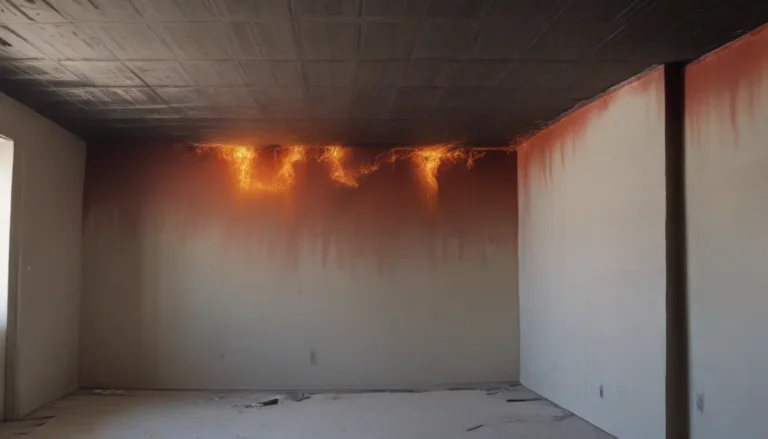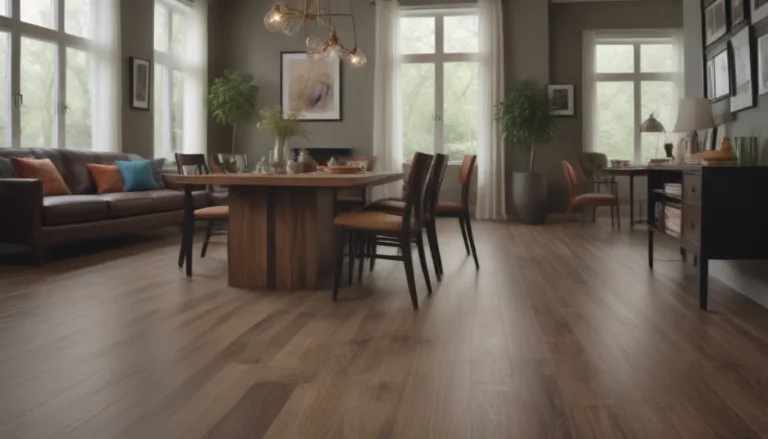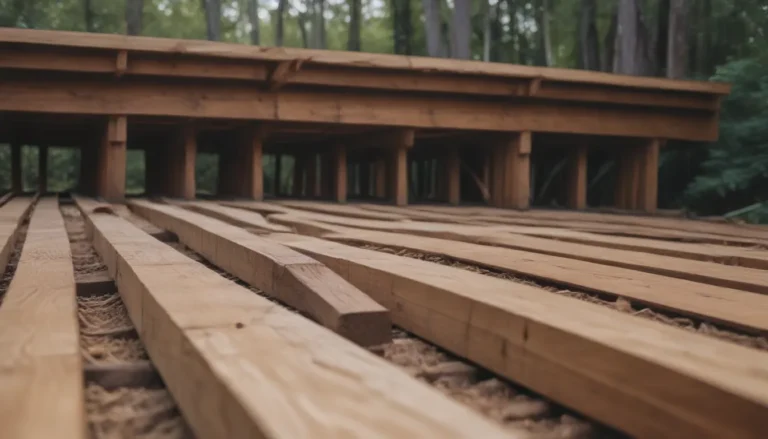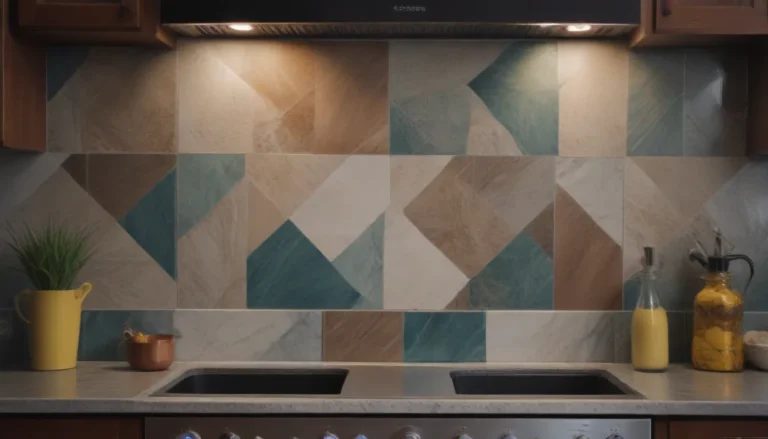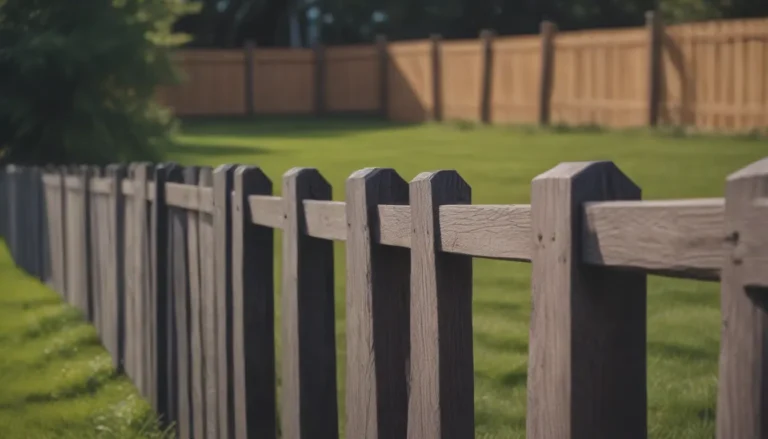The Ultimate Guide to Vinyl vs. Wood Fences: Everything You Need to Know
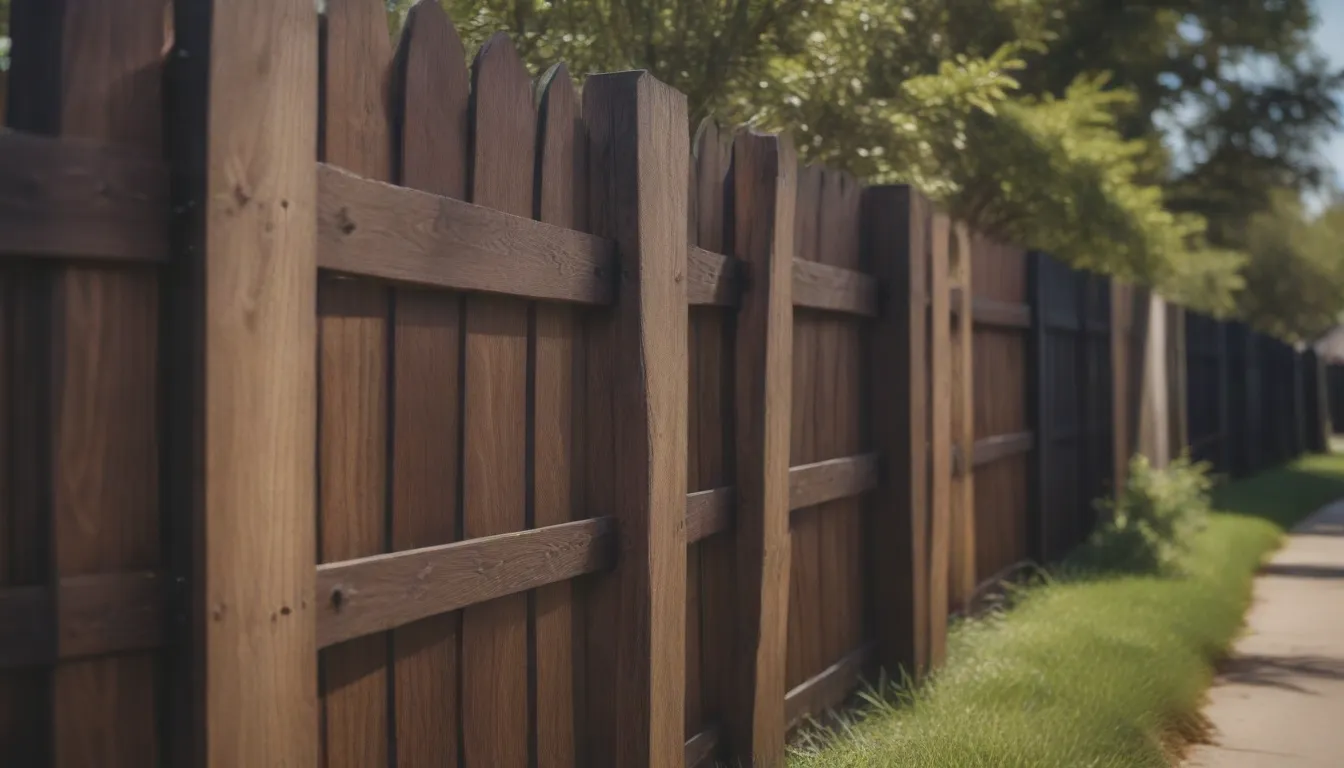
If you’re considering installing a new fence for your home, you’ve probably come across the debate between vinyl fences and traditional wood fences. Both options have their own set of benefits and drawbacks, so it’s essential to weigh your options carefully before making a decision. In this comprehensive guide, we will delve into the cost, strength, and style comparison between vinyl and wood fences to help you make an informed choice. So, let’s jump right in!
Vinyl Fence: The Modern Alternative
Vinyl fences are made from PVC (polyvinyl chloride) plastic, a petroleum-based product that has found its way into the world of landscaping. While vinyl fencing has been around for over 40 years, it has gained popularity in recent years due to its durability and low maintenance requirements. Unlike wood fences, vinyl fences do not rot, warp, or require painting. However, they do have some downsides, such as being challenging to repair and showing dirt and grime more prominently.
Pros of Vinyl Fencing:
- Doesn’t need painting
- Will not rot or warp
- Uses post-consumer recycled plastics
- Few design options
- Easy to clean
Cons of Vinyl Fencing:
- Repairs not simple
- Limited design choices
- Difficult to repair
When it comes to appearance, vinyl fences tend to mimic the look of a traditional white-painted fence. However, as they weather, the shiny surface may dull, giving the fence a less appealing look. While vinyl fences come in a range of colors and textures, mass-produced panels may lack uniqueness and customization options.
Wood Fence: The Classic Choice
Wood fences have been a staple in residential landscaping for many years due to their natural appeal and versatility. With materials like cedar, pine, redwood, and cypress, wood fences offer a warm and traditional look to any landscape. Wood can be left to weather naturally or painted/stained to suit your aesthetic preferences.
Pros of Wood Fencing:
- Natural materials
- Can be refinished
- Easy to repair
- Beauty of natural wood
Cons of Wood Fencing:
- Regular upkeep required
- May warp over time
While wood fences require more maintenance compared to vinyl, they offer a timeless and classic look that many homeowners prefer. Wood fences can be easily customized to match your landscape and are relatively easy to repair if needed.
Cost Comparison
When it comes to cost, both vinyl and wood fences have their own price points. While DIY vinyl fence panels were more expensive than wood panels in the past, the price difference has narrowed significantly. Preassembled vinyl fencing panels are now moderately priced, making them a more competitive option.
Here’s a comparison of the cost of different types of fence panels:
– 6-feet high x 8-feet long pressure-treated pine privacy panel: $
– 6-feet high x 8-feet long pre-stained wood horizontal privacy flat top fence panel: $
– 6-feet high x 6-feet long white vinyl plastic privacy panel: $
– 6-feet high x 8-feet long red cedar panel: $
– *6-feet high x 8-feet long wood-composite privacy panel: $
While wood fences may require more maintenance over time, they can be a cost-effective option for those who prefer the natural look of wood.
Appearance and Style
When it comes to appearance, beauty is subjective. While some may prefer the warm tones of natural wood, others may favor the clean and modern look of vinyl. Wood fences offer a versatile material that can be stained or painted to match your landscape, while vinyl fences come in a variety of colors and textures to suit your style.
If you’re looking for a fence that combines the best of both worlds, wood-composite fences are a popular choice. Made from a blend of wood fibers and plastic resins, these fences offer durability and stability, albeit at a higher price point.
Ease of Installation
Both wood and vinyl fences are best installed by professionals to ensure a proper and secure fit. However, if you’re a dedicated DIYer, vinyl fencing may be a bit easier to work with due to its lightweight panels and easy assembly. Plan to take your time and be diligent in the layout and installation of the posts to ensure a sturdy and long-lasting fence.
Keep in mind that both wood and vinyl fencing installations usually require municipal building permits, so be sure to check your local regulations before starting your project.
Maintenance and Durability
When it comes to maintenance, vinyl fences have a leg up on wood fences. Vinyl fences do not decay, rot, or require sealing, staining, or painting. They are virtually maintenance-free, making them a popular choice for farms, ranches, and commercial properties.
Wood fences, on the other hand, require regular upkeep to prevent rotting and weathering. While some wood species are naturally resistant to decay, all wood fences benefit from surface treatments like sealing or painting.
In terms of cleaning, vinyl fences tend to show dirt more prominently than wood fences. Regular power washing is recommended to keep your vinyl fence looking pristine. Wood fences may hide dirt better due to their textures and colors.
Conclusion: Making Your Choice
In the end, the decision between vinyl and wood fences comes down to personal preference, budget, and maintenance requirements. Vinyl fences are durable, low maintenance, and come in a variety of colors and textures. On the other hand, wood fences offer a timeless and classic look, albeit with more maintenance requirements.
Whether you choose vinyl or wood fencing, make sure to consider your landscaping style, budget, and long-term maintenance needs before making a decision. Both options have their own set of benefits and drawbacks, so weigh your options carefully to find the perfect fence for your home.
So, which fencing material will you choose for your landscape? Let us know in the comments below!
